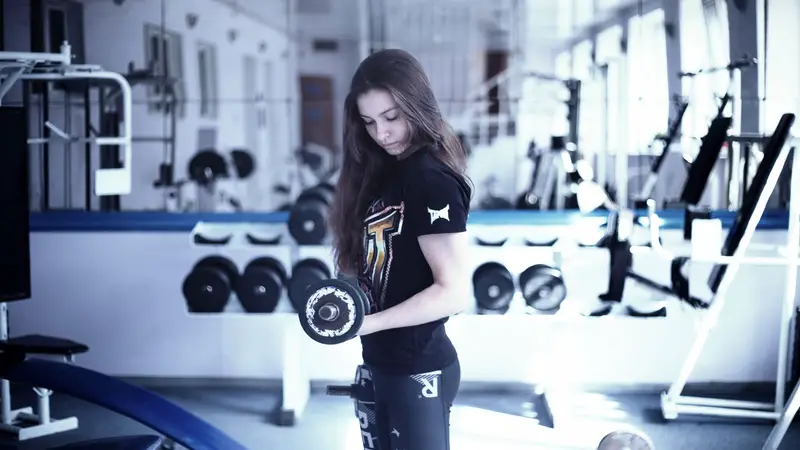
On Soccer Training Solutions and in our soccer training book we advocate strength training including a healthy dose of work on the legs, shoulders and core muscle groups.
But when you’re undertaking weight training for soccer, should you work on it mid-season? Do the demands of regular practices and games mean that weight work will tire you out too much, cause you to lose flexibility, or risk an injury? Should you save lifting weights for the summer or other periods in between your season?
Overall, despite any concerns you might have, you absolutely should continue to lift weights during the season! In fact, if you don’t, you can actually put yourself at risk for injury and you will also miss out on several significant benefits. This article will go over those points in more detail
Benefits of In-Season Strength Training
Having a stronger body helps you to avoid a variety of injuries when coming into contact with other players. This is confirmed by a large body of research including this randomized controlled trial published in the American Journal of Sports Medicine.
Weight lifting the right way can also help with your speed. Simple exercises like free weight back squats help you with lower body strength, and increase your sprinting velocity. (Here’s another study on soccer players confirming this).
How Should You Lift Best for Soccer During the Season?
It is true that you shouldn’t overdo your strength training regimen during the season, since you’re really going for maintenance of strength, not bulking up a significant amount extra.
Think of honing your power and strength, not chasing after bulk or the appearance of taut, rippling muscles.
Because of this, keeping the weight lifting to two sessions a week is ideal. Keep the weight you lift at about 50-75% of your one rep max, and don’t usually go for more than 10 reps per set.
Working on your lower body specifically also has major benefits. Working these muscles help you with your vertical leap, for one. And core work also helps you with everything from throw-ins to headers.
A few specific exercises you might consider include leg press, toe raises, leg curls, triceps extension, overhead press, lat pulldown, side-ups, sit-ups (lumbar flexion), trunk curl, dips, and more.
Finally, a great way to aid in your recovery is to thoroughly stretch after your weight session.
History of Thought on Soccer Weight Training
This question has been an issue for many years, with many who were wary of suggesting strength training for players during the season. Way back in 1988, Charles Hughes addressed the concern in his book Football Tactics and Teamwork:
“There is only one way in which to gain strength and that is by progressive resistance activities which almost invariably take the form of weight training…There is also little doubt that football managers in general do not accept the efficacy of strength training. Fears of the players becoming muscle-bound are completely without foundation.”
Hopefully you agree with us and with Hughes and continue to incorporate strength training into your in-season soccer training regimen.
If you have any questions or soccer weight lifting tips, just let us know in the comment section below.
Additional sources
http://www.nmysa.net/Assets/coach+education/Soccer+Weight+Training.pdf
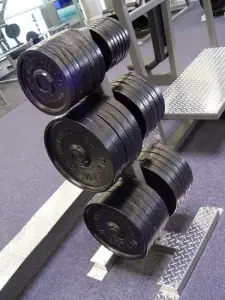
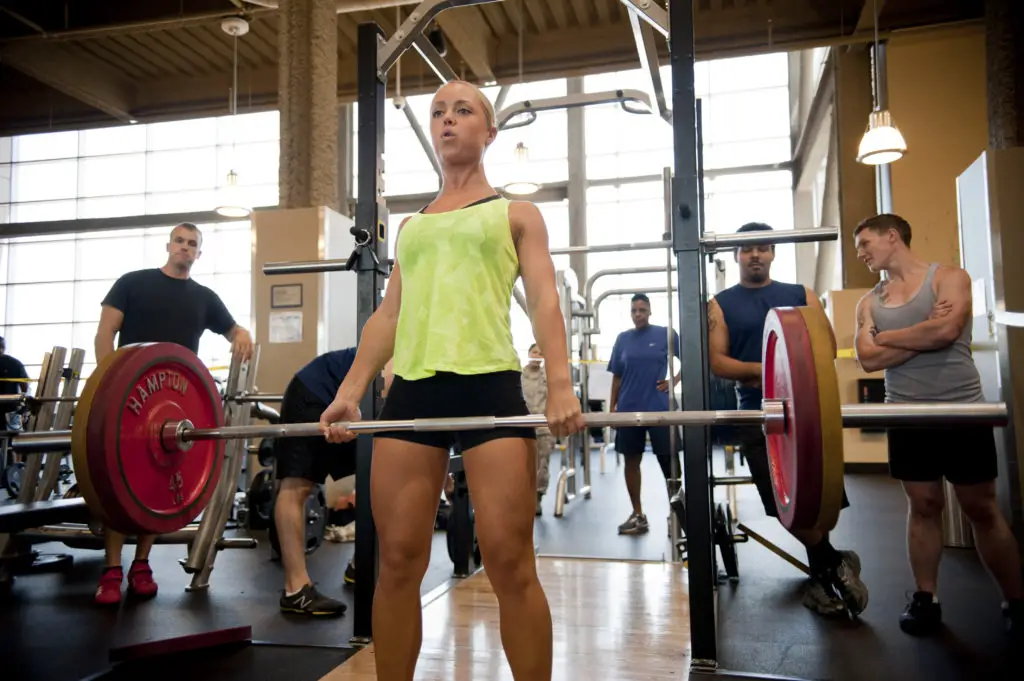
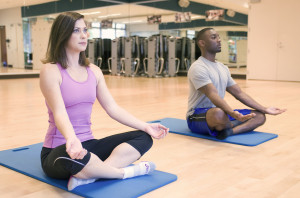

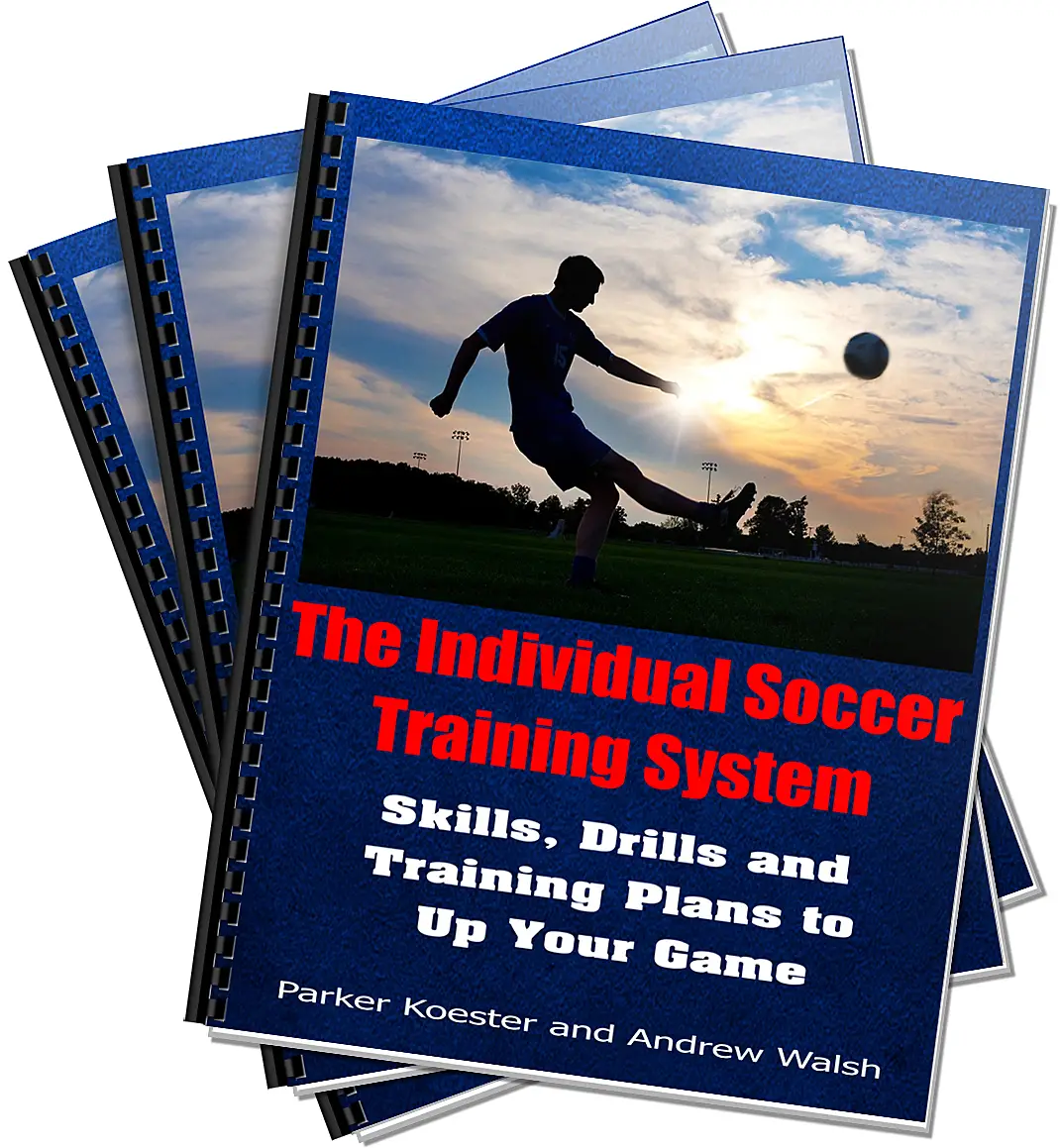

Leave a Reply